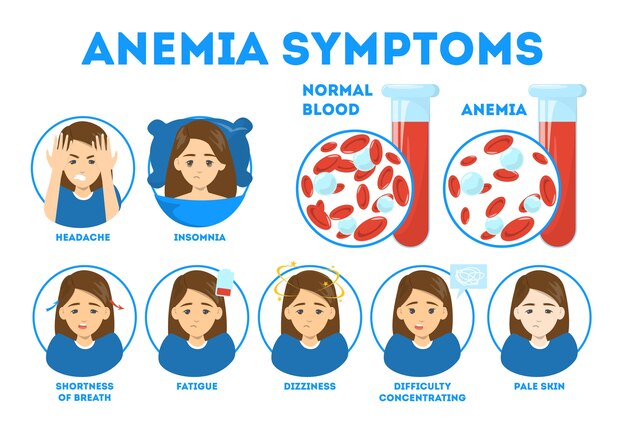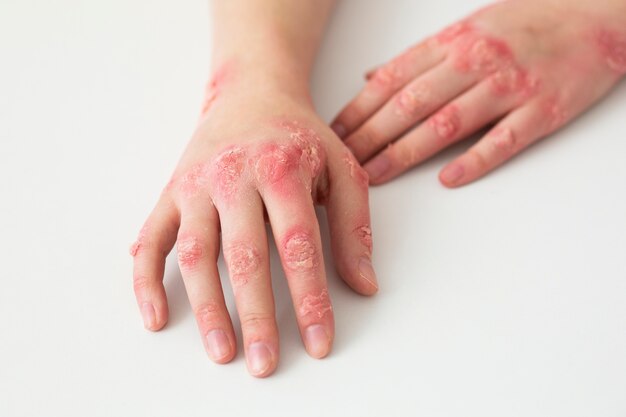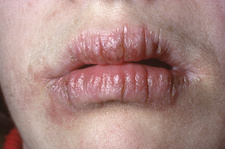
Vitamin B6 also called as pyridoxine is the water soluble vitamin. It is interlinked with folate (vitamin B9) and cobalamin (vitamin B12) in its function. This hardworking vitamin has a significant role in about a hundred of enzymatic reactions. Some of these are digestive (metabolism of carbs, proteins, fats) as well as nervous (aiding brain system to function smoothly by neurotransmitter synthesis) and immune functions (fighting off infections) in the body. Additionally, Pyridoxine also performs the task of formation of red blood cells (RBCs) and skin nourishment.
The deficiency of pyridoxine is more common in people with protein deficiency or malnourished individuals. Yet alcoholics, obese, smokers or people with diseases such as kidney disease, inflammatory bowel syndrome etc. are also at risk. Pyridoxine also has an indirect antioxidant role as a part of glutathione antioxidant defense system. Being a water soluble vitamin, excess cooking and processing destroys the content of pyridoxine from the food. Following are the signs for the requirement of B6 in diet. However, people with genetic disorders facing faulty absorption of nutrients or on hemodialysis cannot recover through dietary intake.
Symptoms of pyridoxine deficiency:
1. Microcytic, Hypochromic Anemia:
Anemia is a condition of too few RBCs in blood or too little of hemoglobin in RBCs. Pyridoxine is responsible for the formation of hemoglobin. Kidney disease also affects the absorption of B6 and other nutrients from the small intestine. Hence hemoglobin formation is depleted. Hemoglobin is responsible for the transport of oxygen from lungs into the blood. Thus, less oxygen is supplied to the body cells and symptoms like fatigue, headache, dizziness, tire and low energy state crop up. In severe cases, transfusion or surgery may be needed to rule out this microcytic, hypochromic anemia also termed as Sideroblastic Anemia.

2. Neurological Changes:
Pyridoxine deficiency triggers Peripheral Neuropathy, a disease characterized by numbness, tingling and pins and needles sensation in hands and feet. Normally, B6 has a role in nerve protection and the synthesis of neurotransmitters such as serotonin and gamma amino-butyric acid (GABA). Serotonin or mood lifter is the neurotransmitter that helps with cognition as well as regulating anxiety, thus boosting pleasant mood. The symptoms with shortfall of the vitamin include affected memory and attention, confused or sad state in seniors, mood swings, depression, anxiety, irritability etc.

3. Skin Rashes:
Skin symptoms like red, itchy rashes on face, neck and scalp arise due to termination of collagen synthesis, a function performed by pyridoxine. Collagen nourishes the skin and seborrheic dermatitis results with its deficiency. Thereby, skin becomes scaly that may flake off leading to inflammation of skin.

4. Weak Immunity:
Due to deficiency of pyridoxine which is responsible for the synthesis of antibodies, the number of antibodies is reduced in the body. Consequently, one becomes vulnerable to infections. People with autoimmune disorders may consume normal amounts of Vitamin B6 in diet however, the deficiency results due to self destruction of the vitamin.

5. gastrointestinal symptoms
Cheilosis, a condition in which lips become dry and scaly. Cracks appear around the corners of mouth with swelling and bleeding in most cases. Speech may become slurred and eating difficulties are encountered due to stomatitis (ulcer in oral mucosa). Mouth sores and glossitis (sore red inflamed tongue) are also seen. All these are caused by pyridoxine shortage. Replenishment improves the symptoms.

Diagnosis of pyridoxine deficiency:
Blood test gives a hint about the deficiency by the measurement of pyridoxine levels in blood but it is not reliable. Thus, physician focuses on history and physical examination in which skin condition, mouth sores and hand and feet sensations are examined.
Dietary Sources of pyridoxine:
Protein sources such as poultry, chicken, beef liver , fish, legumes such as lentils. Dairy sources such as yoghurt, milk, cheese. Leafy green vegetables, potatoes, chickpeas, avocado, bananas, rice, oats, almonds etc.
Recommended Daily Allowance:
Adults: Approximately 2 mg/day Infants: Approximately 0.2 mg/day. Requirement is raised during pregnancy and lactation.
Scarcity of pyridoxine makes a person highly susceptible to stroke and cardiovascular diseases as homocysteine in blood is raised in the absence of B6. Homocysteine is an amino acid that facilitates the clot formation thus damaging the arteries.
One response to “5 signs you need pyridoxine in diet!”
[…] PYRIDOXINE DEFICIENCY: 5 signs you need pyridoxine in diet! […]